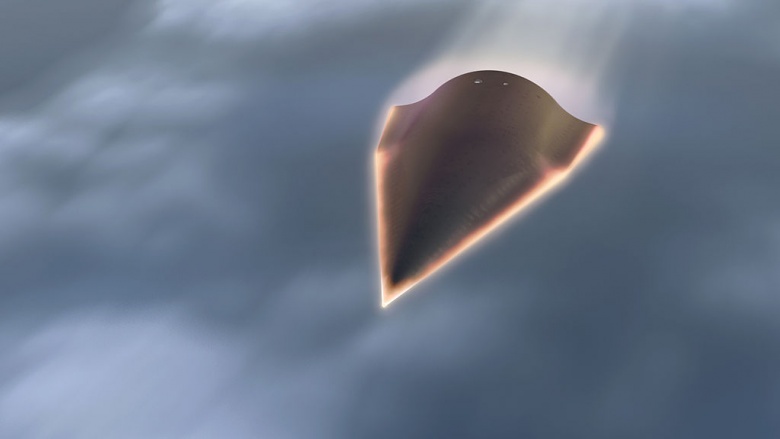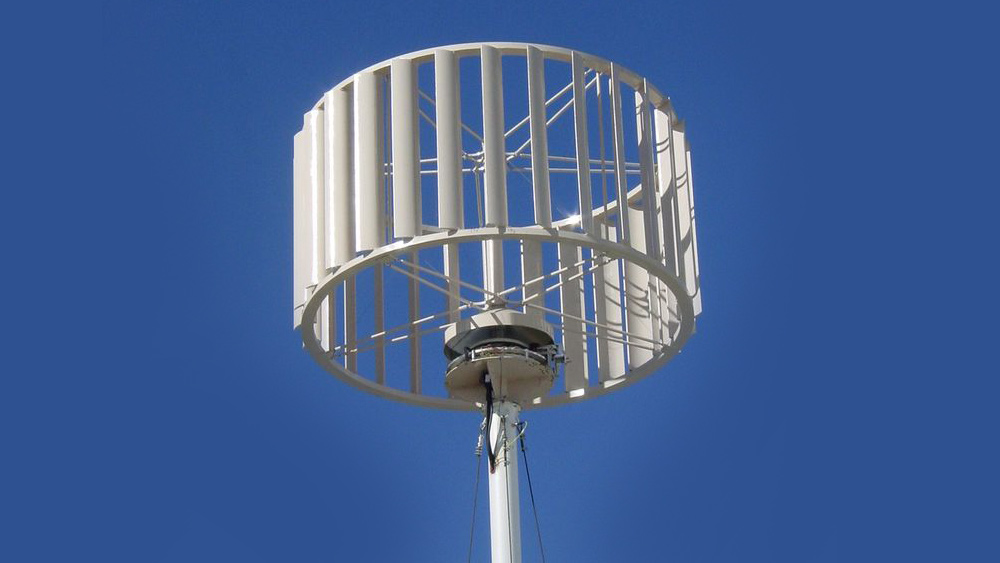Rolls-Royce leads project to deliver an all-electric passenger airplane by 2026
04/01/2021 / By Virgilio Marin

Rolls-Royce announced on March 11 that it teamed up with Italian aeronautics manufacturer Tecnam and Norwegian airline Wideroe to make an all-electric passenger airplane that would be ready for service by 2026. Rolls-Royce, the world’s second-biggest manufacturer of aircraft engines, joined the project as part of a broader effort to become carbon neutral.
“Electrification will help us deliver our ambition to enable the markets in which we operate to achieve net-zero carbon by 2050,” Rob Watson, director of Rolls-Royce Electrical, said in a press release.
“This collaboration strengthens our existing relationships with Tecnam and Wideroe as we look to explore what is needed to deliver an all-electric passenger aircraft for the commuter market.”
Tecnam will provide the aircraft design, manufacturing and certification while Rolls-Royce will bring its expertise in propulsion and power systems. Wideroe, the largest regional airline in Scandinavia, will ensure that all requirements of an airline operator are in place for the new plane’s entry into service.
All-electric airplane’s design
The electric airplane, called “P-Volt,” will be based on the 11-seater aircraft Tecnam P2021 Traveller. The firms are mostly mum about the plane’s design and performance, but pundits have a few ideas about what the aircraft will look like.
The plane will likely hold 10 to 15 passengers and have a simple two-row layout inside, with every passenger getting a window seat. Two electric engines will power the aircraft and battery packs will be housed somewhere below the fuselage.
The press release hinted at the aircraft’s range: “Before the pandemic, Wideroe offered around 400 flights per day using a network of 44 airports, where 74 percent of the flights have distances less than 275 kilometers (170 miles). The shortest flight durations are between seven and fifteen minutes.”
The small aircraft will be suitable for short-haul flights, such as regional passenger operations, medical evacuation and cargo transport. The first batches will be deployed in Norway because the country has an extensive network of short take-off and landing airports, which will be ideal for the plane.
The project marks the second time Rolls-Royce and Tecnam has teamed up. The two firms are part of a European Union-backed project to develop the first parallel hybrid propulsion system for the four-seater aircraft Tecnam P2010.
Meanwhile, Rolls-Royce has been working with Wideroe since 2019. The pair are studying sustainable aviation to fulfill Norway’s aim to fly the first electric aircraft for domestic flights by 2030 and reduce domestic aviation emissions by 80 percent by 2040.
Rolls-Royce hits milestone with fastest electric airplane to-be
The announcement of the partnership came shortly after Rolls-Royce’s “Spirit of Innovation” aircraft has taxied the runway for the first time. The taxiing test is a new milestone for the company’s “Accelerating the Electrification of Flight” (ACCEL) program, whose aim is to build the fastest electric airplane.
“For the first time, the plane propelled itself forward using the power from an advanced battery and propulsion system that is ground-breaking in terms of electrical technology,” Watson said early in March.
The company expects its 400-kilowatt powertrain to propel the Spirit of Innovation to speeds in excess of 300 miles per hour (mph), breaking the record of 210 mph that the German firm Siemens set in 2017. While the Spirit of Innovation hasn’t taken off yet, the taxiing maneuver is a critical test of the powertrain’s integration into an aircraft ahead of a full flight this spring.
Rolls-Royce hopes to bring the powertrain and other technologies developed under ACCEL to different aviation markets, including those for air taxis and other future means of air travel. (Related: Rolls-Royce’s all-electric plane passes major milestone while preparing for maiden flight.)
Learn more about cutting-edge technologies that can one day electrify flight at Innovation.news.
Sources include:
Tagged Under: all-electric airplane, electric, electric airplane, electric flight, future science, future tech, green energy, innovation, renewable energy, Rolls-Royce, science and technology, technology, transportation
RECENT NEWS & ARTICLES
COPYRIGHT © 2017 FUTURETECH.NEWS
All content posted on this site is protected under Free Speech. FutureTech.news is not responsible for content written by contributing authors. The information on this site is provided for educational and entertainment purposes only. It is not intended as a substitute for professional advice of any kind. FutureTech.news assumes no responsibility for the use or misuse of this material. All trademarks, registered trademarks and service marks mentioned on this site are the property of their respective owners.





















